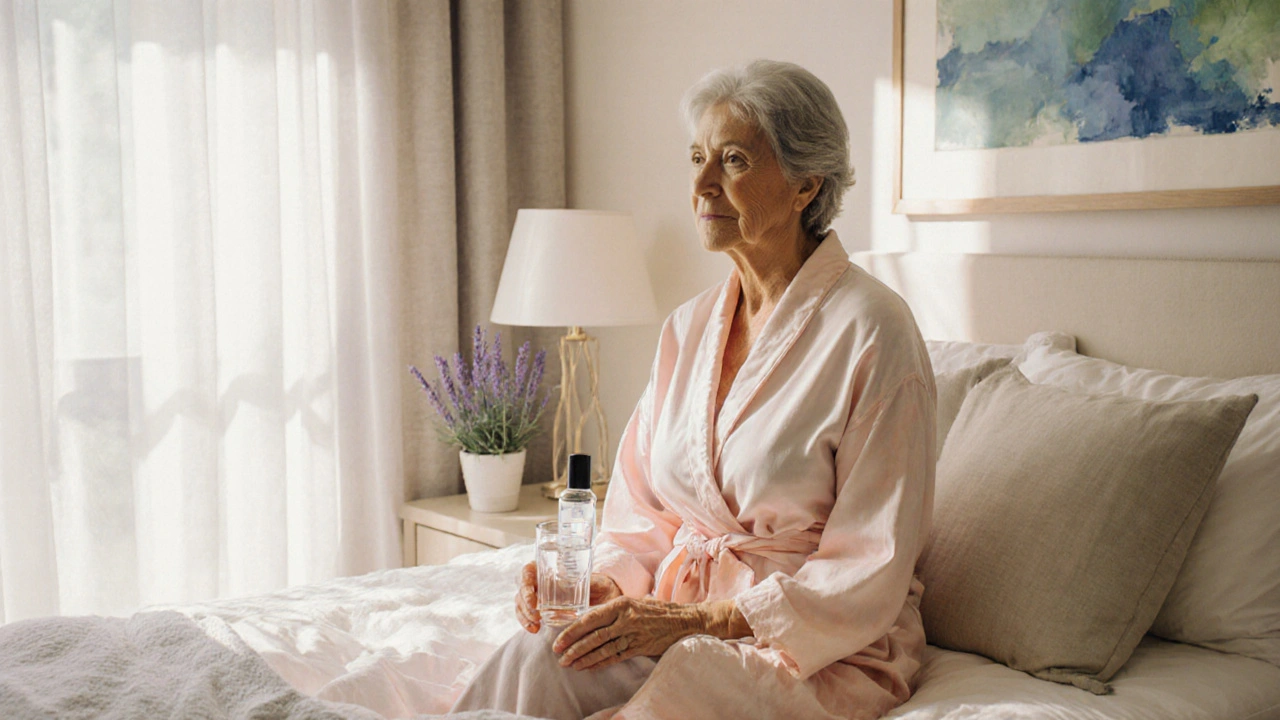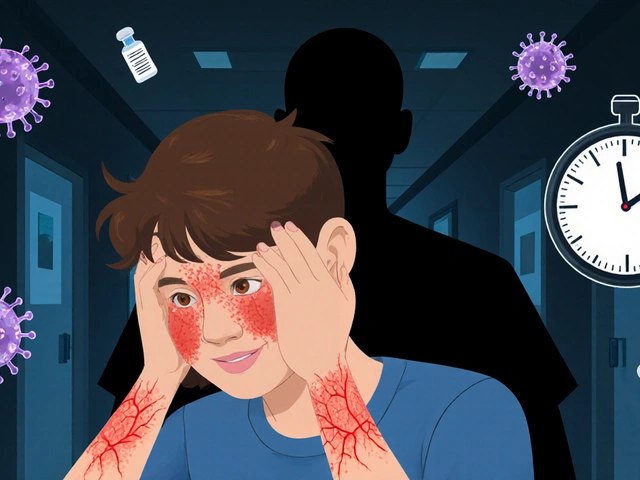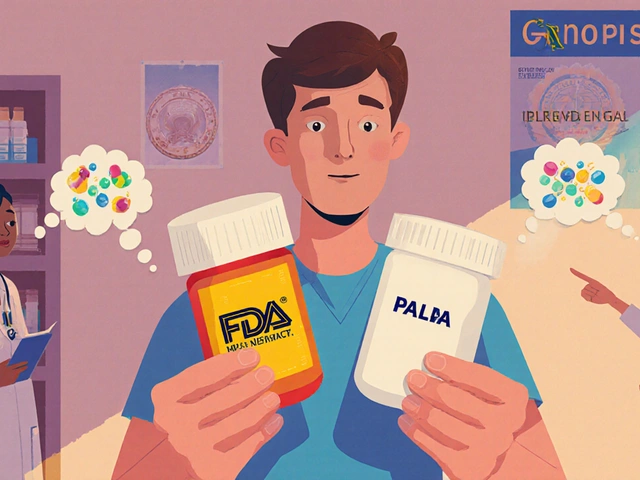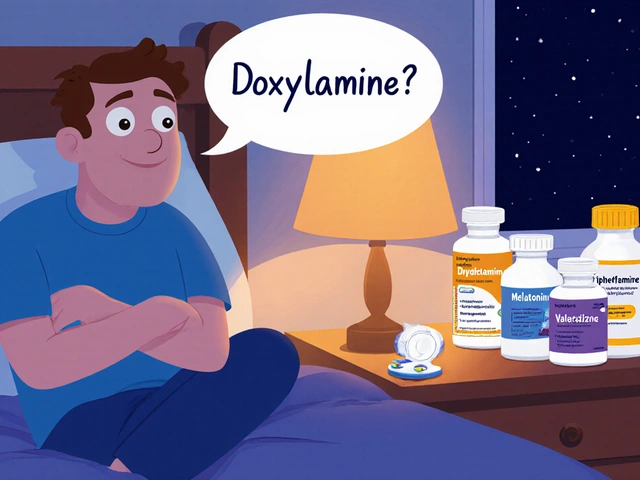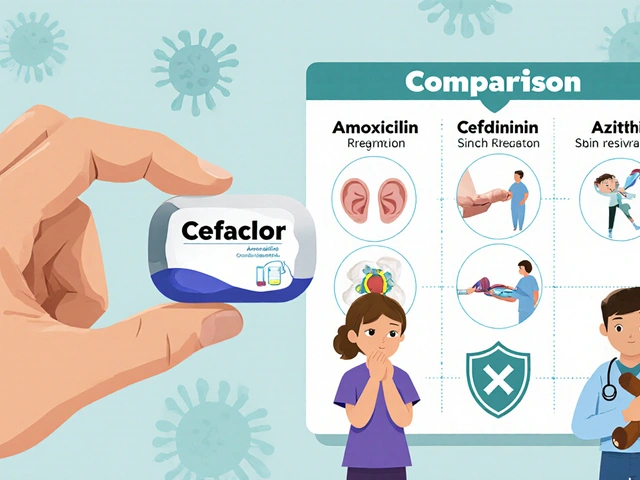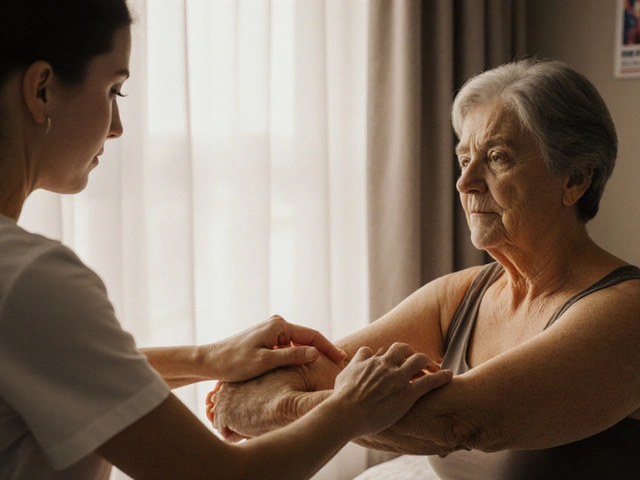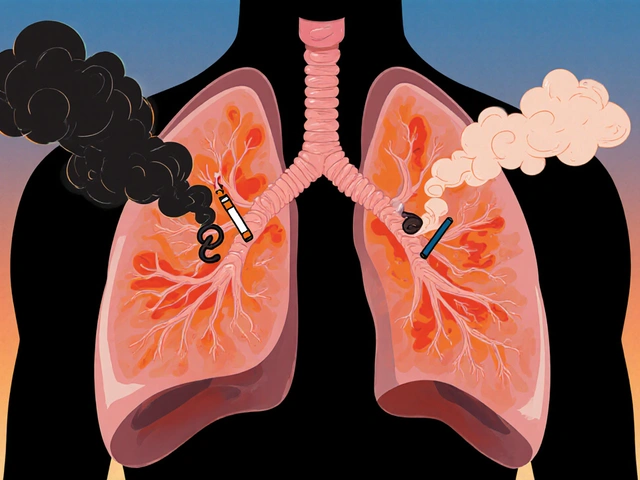When the hot flashes start and the night sweats kick in, most women know they’re entering menopause. But a less talked‑about symptom-vaginal dryness-can sneak up and affect intimacy, comfort, and confidence. Below you’ll discover why the change happens, which options really work, and how to pick a solution that fits your lifestyle.
Quick Takeaways
- Vaginal dryness is caused by estrogen loss that thins the vaginal lining.
- First‑line remedies include water‑based lubricants and moisturizers for immediate relief.
- Low‑dose estrogen therapy restores moisture at the source but isn’t suitable for everyone.
- Non‑hormonal options like laser therapy and vaginal moisturizers are safe alternatives.
- Lifestyle tweaks-hydration, diet, and pelvic‑floor exercises-boost overall vaginal health.
What Triggers Vaginal Dryness During Menopause?
Menopause is the natural cessation of ovarian hormone production, typically between ages 45‑55. The steep drop in estrogen leads to a condition called vaginal atrophy, where the lining becomes thin, less elastic, and less lubricated.
That thinning also alters the vaginal pH, making it more alkaline and prone to irritation. The result? A feeling of dryness, itching, or even mild pain during intercourse.
How to Diagnose the Issue
Most clinicians rely on a simple symptom checklist, but a pelvic exam can confirm the degree of atrophy. A few key signs include:
- Reduced vaginal secretions
- Palpable thinning of the vaginal walls
- Burning or itching without infection
If you notice any unusual discharge or bleeding, see a health professional to rule out infection or other conditions.
First‑Line Relief: Lubricants and Moisturizers
For many women, over‑the‑counter products are the quickest fix.
Water‑based lubricants provide a slippery surface that mimics natural lubrication. Look for glycerin‑free formulas if you’re prone to yeast infections.
Vaginal moisturizers are thicker, longer‑acting gels applied a few times a week. They are absorbed into the tissue and can improve baseline moisture over weeks.
Tip: Apply moisturizers at night-your body is at rest, so absorption improves.
Hormonal Solutions: Low‑Dose Estrogen Therapy
When the issue is more than occasional dryness, many clinicians turn to local estrogen therapy. Available as creams, tablets, or rings, these deliver tiny amounts of estrogen directly to the vaginal tissue.
Benefits include:
- Restoration of the vaginal lining within 2‑4 weeks
- Improved elasticity and increased natural lubrication
- Reduced risk of urinary tract infections (UTIs)
Potential risks involve mild irritation or systemic absorption-rare but worth discussing with a doctor, especially if you have a history of hormone‑sensitive cancers.

Non‑Hormonal Medical Options
For women who can’t or don’t want hormones, several newer technologies have emerged.
Laser vaginal therapy uses fractional CO2 or Er:YAG lasers to stimulate collagen production, thickening the vaginal walls. A typical course is 3‑5 sessions spaced a month apart, with benefits lasting up to a year.
Radiofrequency (RF) devices work similarly, heating tissue to trigger regeneration. Both approaches have low downtime and avoid hormones entirely.
Another option, phytoestrogen supplements (e.g., soy isoflavones, red clover), provide plant‑based compounds that weakly bind estrogen receptors. Evidence is mixed, but some women report modest improvement.
Lifestyle Tweaks That Make a Difference
Beyond products, everyday habits influence vaginal health.
- Hydration: Aim for at least 2L of water daily; skin and mucous membranes need fluid to stay pliable.
- Balanced diet: Foods rich in omega‑3 fatty acids (salmon, walnuts) and vitaminE support tissue health.
- Pelvic‑floor exercises: Regular Kegels improve blood flow, which can enhance natural lubrication.
- Avoid irritants: Fragranced soaps, douches, and synthetic underwear can aggravate dryness.
Choosing the Right Treatment for You
Below is a side‑by‑side look at the most common options. Use it as a quick reference when you chat with your clinician.
| Type | How It Works | Typical Benefits | Potential Risks | Usual Duration |
|---|---|---|---|---|
| Local Estrogen (cream, tablet, ring) | Delivers estrogen straight to vaginal tissue | Rapid restoration of lining, increased natural lubrication | Local irritation, rare systemic absorption | Continuous; reassess annually |
| Water‑Based Lubricant | Provides external slip during activity | Immediate comfort, inexpensive | Can dry out quickly, may contain glycerin | Per use |
| Vaginal Moisturizer | Absorbs into tissue, adds moisture over time | Improves baseline dryness, lasts days | Possible mild irritation | 2‑3times per week |
| Laser Vaginal Therapy | Stimulates collagen, thins atrophy | Long‑term improvement, no hormones | Temporary soreness, cost | 3‑5 sessions, effects up to 12months |
| Phytoestrogen Supplements | Plant compounds weakly bind estrogen receptors | May modestly boost moisture | Variable efficacy, GI upset | Daily, reassess 3‑6months |
When to Seek Professional Help
If over‑the‑counter solutions don’t ease discomfort after a month, or if you notice bleeding, persistent pain, or signs of infection, schedule an appointment. A clinician can rule out conditions like vulvovaginal candidiasis or atrophic vaginitis, and prescribe targeted therapy.
Bottom Line
Vaginal dryness during menopause isn’t something you have to tolerate silently. From simple lubricants to cutting‑edge laser treatments, there’s a solution for every preference and health profile. Pair the right product with lifestyle habits, and you’ll reclaim comfort and confidence.
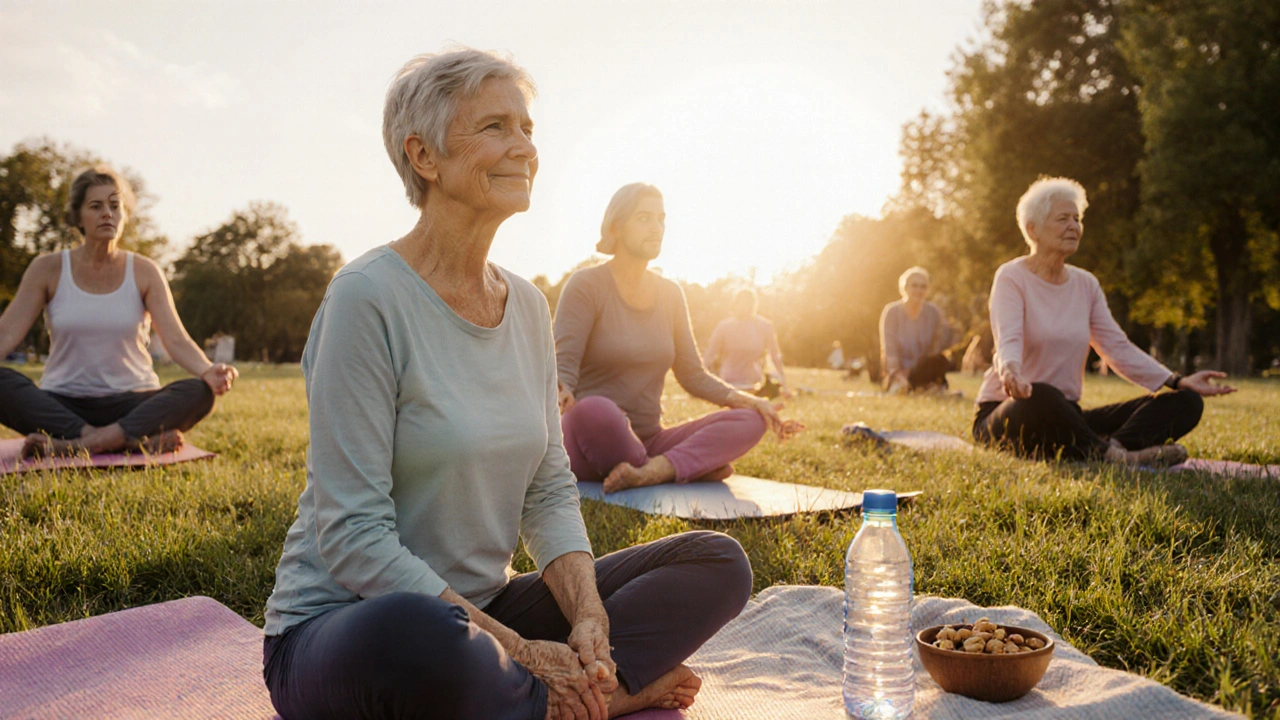
Frequently Asked Questions
How long does it take for local estrogen to work?
Most women notice thicker tissue and less dryness within 2‑4weeks of consistent use.
Can I use both a moisturizer and a lubricant?
Absolutely. Moisturizers build baseline comfort, while lubricants handle the moment‑to‑moment slip during intimacy.
Is laser therapy safe for all women?
It’s safe for most, but women with active genital cancers or severe pelvic infections should avoid it. A doctor’s assessment is essential.
Do phytoestrogen supplements interfere with other meds?
They can affect blood‑thinners and thyroid medication. Always check with your pharmacist before starting.
What everyday habit helps most with dryness?
Staying well‑hydrated and doing regular Kegel exercises together provide the biggest boost in natural lubrication.
